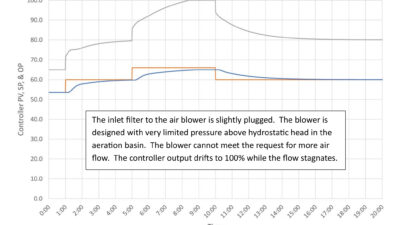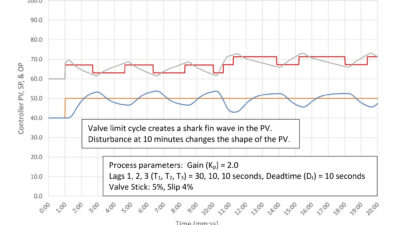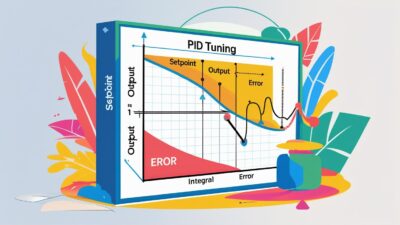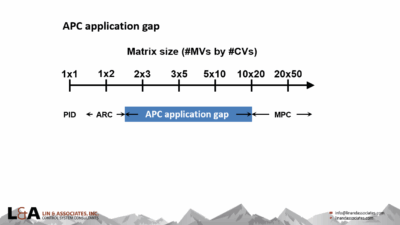Expand production and add prodution flexibility at little or no capital cost—Is this too much of process engineers to ask of existing facilities? Not according to the software specialists at Pavilion Technologies Inc. (Austin, Tex.).Pavilion's Production Chain Optimization (PCO) software is said to yield profit improvements in manufacturing plants that approach or exceed the impact ...
Expand production and add prodution flexibility at little or no capital cost—Is this too much of process engineers to ask of existing facilities? Not according to the software specialists at Pavilion Technologies Inc. (Austin, Tex.).
Pavilion’s Production Chain Optimization (PCO) software is said to yield profit improvements in manufacturing plants that approach or exceed the impact that “supply chain management” has had on business practices. When PCO is integrated with a company’s supply chain management system, the software can help organizations optimize not only how the product is made, but also how capacity is used to satisfy demand and how responsive production facilities can be to customers.
According to Ron Riedesel, Pavilion’s ceo, “An integrated production and supply can provide process engineers and marketers with a common view of the economics of the operation and a consistent means to evaluate and deliver the true optimal profitability of any given order.”
“Although many manufacturers have invested in linking plant data systems with enterprise applications, the desired results are not always attained. PCO differs significantly from conventional approaches because production constraints, rather than raw data, are used to communicate in real-time between the plant floor and systems such as supply chain management and enterprise resource planning (ERP). Supply chain and ERP systems all speak the language of constraints, so production data must be translated into constraint information to be useful to these systems. This allows companies to achieve an optimal solution rather than just a feasible one and do it in real-time even when production constraints change,” Mr. Riedesel continues.
According to Jim Keeler, chief technical officer, “What is required to maintain real-time production response is a set of models that translate real-time manufacturing data into real-time constraints. The data-driven model that Pavilion uses are fast, compact and accurate representations of plant behavior. Because we use a single software environment, the same models and optimizers can be used all the way from the lowest level inferentials to single-unit multivariable control to multi-unit or even multi-plant optimization. The use of data-driven models make the implementation and maintenance of production chain-wide systems economical for the first time. Unlike first principals-based technology which is incapable of modeling many major process units, This technology can be implemented across companies’ production assets.”
Workin’ in a ‘data’ mine
Key to the functionality of PCO is Insights, a core component of the suite. Insights is a data mining package which allows users to examine their process data and learn about their operations. Combining neural network technology with available first-principles information, the software package mines large volumes of historical data to identify trends and operating patterns. An integrated wizard system automates the development of accurate process models from this data. Models then can be used to simulate process operation, determine the quality of the analyzers and sensors, identify key operating variable, and isolate bottlenecks in process improvement.
Dr. Keeler continues,”Insights is designed to be accessible both in cost and ease of use. Pavilion uses Microsoft capabilities to automate the data extraction and rapid model development process.” Other major components of the PCO suite include Property Predictor, Process Perfecter, and Process Optimizer. Now in beta testing, the entire package will be released by modules throughout 1999.
For more information visit www.controleng.com/info
Author Information
Dick Johnson, senior editor, [email protected]
Strategies of Production Chain Optimization
Identify and eliminate critical process bottlenecks;
Define and automate real-time actions necessary to operate at the optimum with actual production constraints;
Maximize production flexibility, throughput, and efficiency, and
Reduce process variability and improve quality to enable make-to-order and spec-within-a-spec production strategies.



